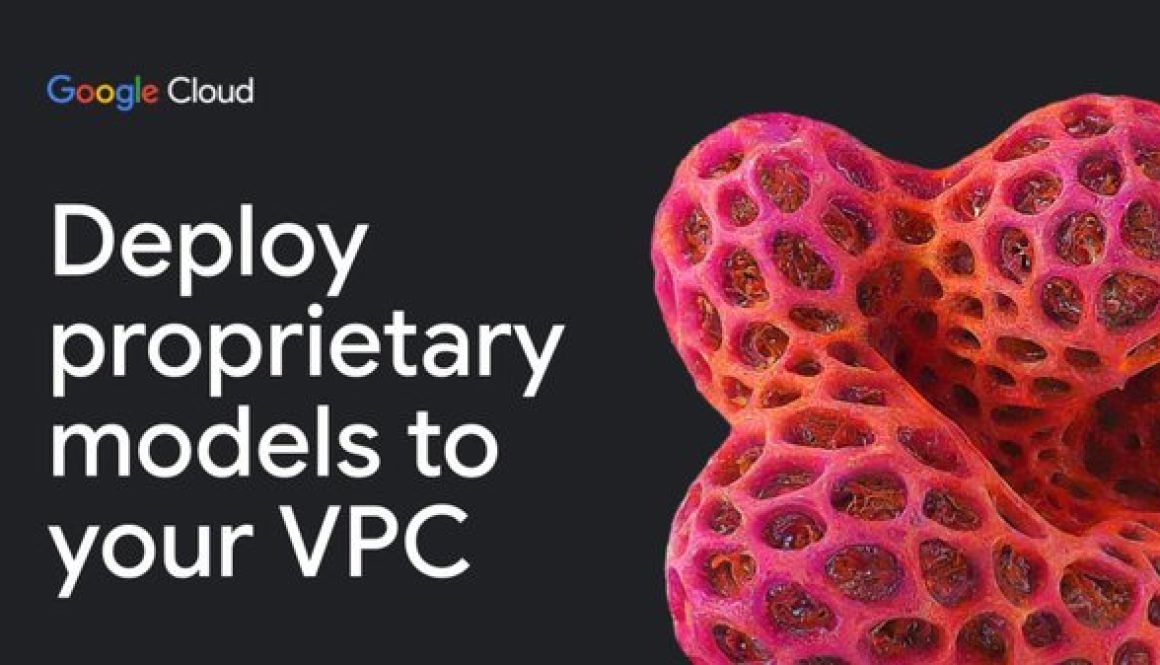AWS – Amazon Connect launches new case APIs to link related cases, add custom related items, and search across them
Amazon Connect now allows you to programmatically enrich case data by linking related cases, attaching custom related items, and searching across them, so agents have the full context they need to resolve issues faster. For example, an airline can link all customer cases tied to a single flight cancellation to coordinate rebookings and send proactive updates, while a retailer can attach order and shipment details to a refund request to deliver faster resolutions and keep customers informed.
Amazon Connect Cases is available in the following AWS regions: US East (N. Virginia), US West (Oregon), Canada (Central), Europe (Frankfurt), Europe (London), Asia Pacific (Seoul), Asia Pacific (Singapore), Asia Pacific (Sydney), Asia Pacific (Tokyo), and Africa (Cape Town) AWS regions. To learn more and get started, visit the Amazon Connect Cases webpage and documentation.
Read More for the details.



